What card issuers need to know about 3DS
Payments Dive
APRIL 15, 2024
Card programs can increase purchase authorization rates without taking on undue fraud-liability risk with 3-D Secure (3DS). Here’s what it is and how card issuers can leverage it.
This site uses cookies to improve your experience. To help us insure we adhere to various privacy regulations, please select your country/region of residence. If you do not select a country, we will assume you are from the United States. Select your Cookie Settings or view our Privacy Policy and Terms of Use.
Cookies and similar technologies are used on this website for proper function of the website, for tracking performance analytics and for marketing purposes. We and some of our third-party providers may use cookie data for various purposes. Please review the cookie settings below and choose your preference.
Used for the proper function of the website
Used for monitoring website traffic and interactions
Cookies and similar technologies are used on this website for proper function of the website, for tracking performance analytics and for marketing purposes. We and some of our third-party providers may use cookie data for various purposes. Please review the cookie settings below and choose your preference.

Payments Dive
APRIL 15, 2024
Card programs can increase purchase authorization rates without taking on undue fraud-liability risk with 3-D Secure (3DS). Here’s what it is and how card issuers can leverage it.

Fintech News
MARCH 24, 2025
According to a request for product form sent to card issuers and seen by CoinDesk, the company is exploring ways to embed Visa capabilities directly into the wallet. World Network is also in discussions with Rain, a crypto card provider backed by Coinbase and Circle.
This site is protected by reCAPTCHA and the Google Privacy Policy and Terms of Service apply.
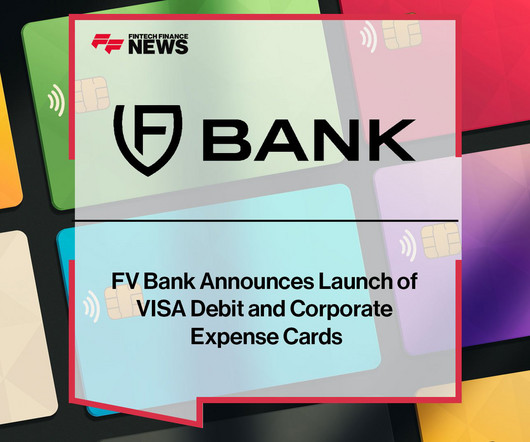
Fintech Finance
OCTOBER 28, 2024
and international customers and businesses, the individual debit cards and corporate expense cards can be used worldwide, providing individuals and businesses with seamless access to their FV Bank fiat and digital asset custody balances offering global payment convenience and enhanced financial flexibility. Available to both U.S.

Payments Dive
JUNE 30, 2025
Visa and FIS are also providing the bank card issuers with stop payment services so cardholders and call centers can stop recurring payments to merchants, the release said. Please select at least one newsletter.

Stax
DECEMBER 9, 2024
The transaction details, including the purchase amount, are transmitted to the merchant’s acquiring bank for authorization. Authorization and Settlement The acquiring bank, upon receiving the transaction details, verifies the availability of funds in the consumer’s credit card account.
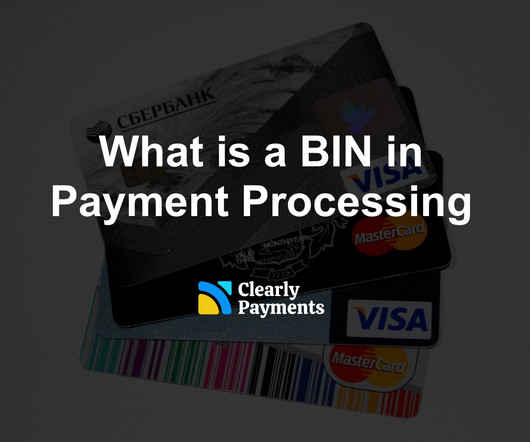
Clearly Payments
NOVEMBER 13, 2024
The role of the BIN extends beyond simply identifying the card issuer; it affects various aspects of the payment process: Transaction Routing : When a customer makes a purchase using a card, the payment processor uses the BIN to route the transaction to the right financial institution.

Stax
APRIL 8, 2025
They facilitate transactions by connecting merchants, credit card processors, and banks while establishing rules, regulations, and fees for processing payments. Credit card issuer (or issuing bank) – These are financial institutions that issue credit cards to customers. Chase, Bank of America, etc.),

Payments Source
OCTOBER 1, 2019
Mastercard has developed a service called Threat Scan to help card issuers get ahead of fraudsters by running scans on their card authorization systems based on the latest evolving global card scams.

The Payments Association
NOVEMBER 4, 2024
began to grow and secure larger accounts, we realized the need to bring our card management capabilities in-house and work with an enterprise processor that could support us as we continued to scale up,” said Zach Johnson, Founder and CEO of dash.fi. . “As dash.fi About dash.fi You can learn more at www.dash.fi.

Finextra
JULY 5, 2025
Adyen built direct connections to many local payment schemes and card networks through its own licenses. This “single platform” approach can improve authorization rates and reduce hops in the transaction process. It expresses the views and opinions of the author. It expresses the views and opinions of the author.
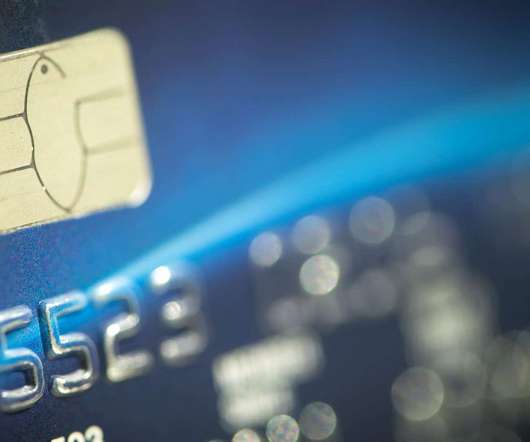
Payment Savvy
JANUARY 11, 2023
If you are one of the ten million-plus American businesses with a merchant processing credit card account, the chances are you are aware of an industry term known as interchange. Each new credit card transaction is assigned to what is known as a target interchange category. Card-present businesses (swiped transactions).

Payments Source
MAY 26, 2016
Citing a growing frustration with how the EMV transition has interfered with merchants' options for PIN debit transaction routing and authorization, the Merchant Advisory Group for the first time is asking federal auditors to examine the practices of some debit card issuers.
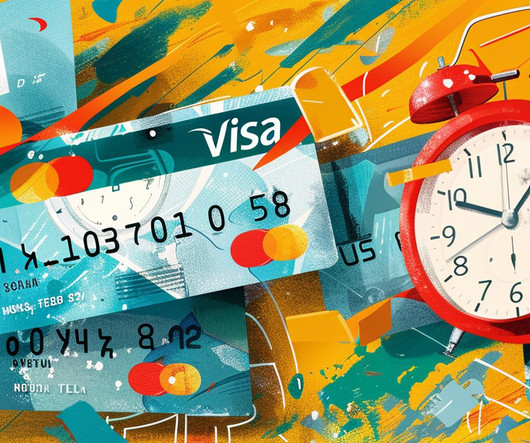
Fi911
JULY 19, 2024
Chargebacks can be costly for both merchants and card issuers, so having a standardized set of reason codes helps in efficient handling and resolution of these disputes. Fraud These reason codes are used when the cardholder claims that their card was used without their authorization or knowledge. Incorrect Currency 12.4:

Fi911
AUGUST 7, 2024
Because chargebacks can impose significant costs on both merchants and card issuers, employing a uniform set of reason codes facilitates the efficient management and resolution of these issues. These codes act as a valuable reference for comprehending the fundamental reasons for each chargeback.

Clearly Payments
JANUARY 12, 2024
Be prepared to cooperate with law enforcement authorities and follow any instructions they provide during their investigation. Advise them of the potential fraud and instruct them on the steps they should take, such as contacting their card issuer to report the incident and potentially canceling their affected cards.
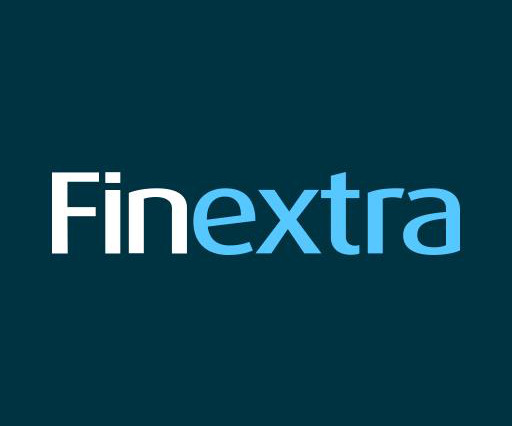
Finextra
JUNE 18, 2025
For issuers, the picture looks even bleaker. Card issuers face a complex set of challenges One of the biggest challenges facing FIs when it comes to third-party card-not-present (CNP) fraud that fuels chargebacks is aging infrastructure. External This content is provided by an external author without editing by Finextra.

Fi911
AUGUST 16, 2024
Given that chargebacks can result in substantial expenses for both merchants and card issuers, utilizing a cohesive set of reason codes streamlines the management and resolution of these challenges. These codes serve as an important guide for understanding the key drivers behind each chargeback.
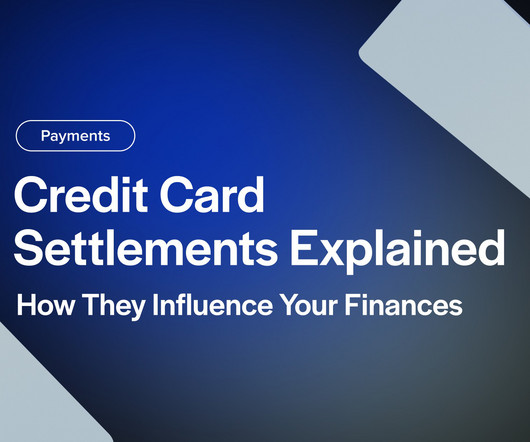
EBizCharge
DECEMBER 3, 2024
Credit card settlement , or payment settlement, refers to the process by which a merchant receives funds from a credit card transaction. Settlement occurs after a sale has been authorized and captured, ensuring the payment moves from the customer’s bank account to the merchant’s account.

Clearly Payments
OCTOBER 22, 2024
A PIN is a four- to six-digit numerical code assigned to a credit or debit card by the card issuer or chosen by the cardholder. In a payment scenario, the PIN helps confirm that the person using the card is authorized to do so. This ensures that only the person who knows the PIN can authorize the payment.
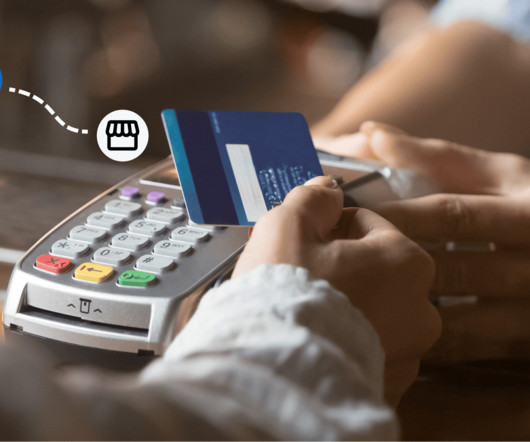
Stax
NOVEMBER 21, 2024
The customer will provide card information and transaction details on the checkout page of your website, and the data will also be captured by your online payment gateway. Authorization The credit card details captured by your POS or online payment gateway will be sent to your payment processor.

Fi911
MAY 22, 2024
They can occur through multiple financial channels, including credit card transactions, bank transfers, and digital payment services. The most common types include chargebacks, refunds, and authorization reversals. Authorization Issues : Transactions that are not properly authorized can be subject to reversal.

Payment Savvy
AUGUST 3, 2023
When you run any BIN number through a checking system, you end up with accurate information about the geolocation, card issuer, and card type. Since online banking systems have become more popular and virtual cards have become a norm, BIN numbers aren’t necessarily bank-issued. How Does a BIN Number Work?

Finextra
JUNE 18, 2025
Interoperability across multiple domestic and international card schemes without cobadging constraints. External This content is provided by an external author without editing by Finextra. It expresses the views and opinions of the author. It expresses the views and opinions of the author. no mandatory cobadging).

Cardfellow
MARCH 9, 2025
What are virtual credit cards? Virtual credit cards, as their name implies, are digital versions of credit cards. There is no physical card. Theyre linked to the customers account through their card issuer and used (primarily) for online purchases. How do customers pay with a virtual credit card?
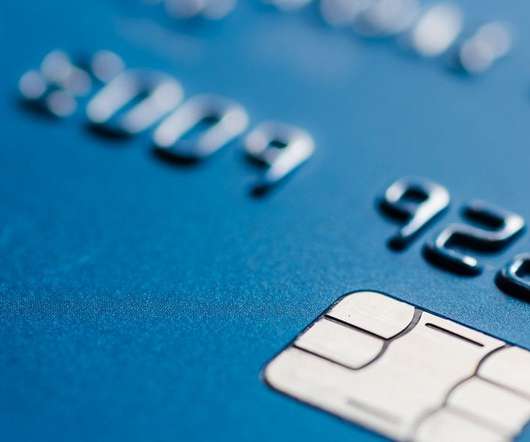
PYMNTS
DECEMBER 31, 2020
Debit card issuers face an ever-growing array of fraud schemes perpetrated against them and their account holders. Effective card offerings require financial institutions (FIs) to quickly and accurately detect myriad forms of fraud, forcing them into a delicate balancing act. Not all CP purchases are equally safe, however.

PYMNTS
OCTOBER 7, 2020
Six of these levers are all about optimizing payment authorization data to ensure card transactions are approved at the highest possible rate. The second is transaction timing, which can make sure that the customer actually has sufficient funds in their account at the time of payment authorization.
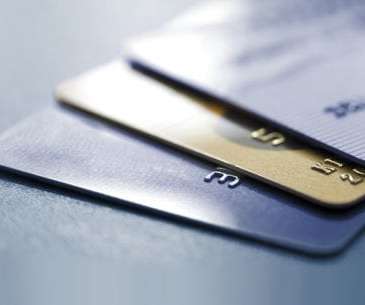
PYMNTS
MAY 4, 2020
“Given the enormous impact of the coronavirus outbreak on the American economy, and especially the unprecedented spike in unemployment that has occurred in recent weeks, it is no surprise to see banks reining in lending,” the study’s authors wrote.
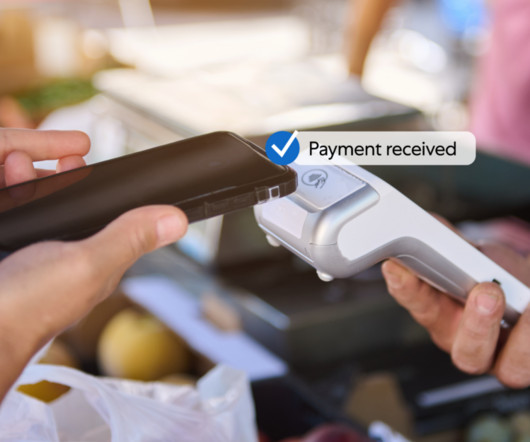
Stax
APRIL 10, 2025
Contact us 10 Top Payment Methods for Small Businesses Credit and debit card payments Card payments (credit cards and debit cards) account for 50% of the total number of small business transactions and remain the primary way customers make purchases on-site and online.

PYMNTS
MARCH 19, 2018
Whether friendly fraud or genuine fraud, for merchants and card issuers, the impact is growing and comes with a host of negative consequences for the entire ecosystem — especially customers. Cards stay active, rather than being canceled, and merchants get the dual benefit of avoiding chargebacks while preserving transaction revenues.

PYMNTS
JUNE 26, 2020
The CEO of Crypto.com, a Wirecard Card Solutions card issuer, vowed to issue refunds to its customers hours after the United Kingdom’s financial regulator froze German payment processor Wirecard’s cash and assets. “We But spokespersons declined to say whether they were seeking another card issuer.
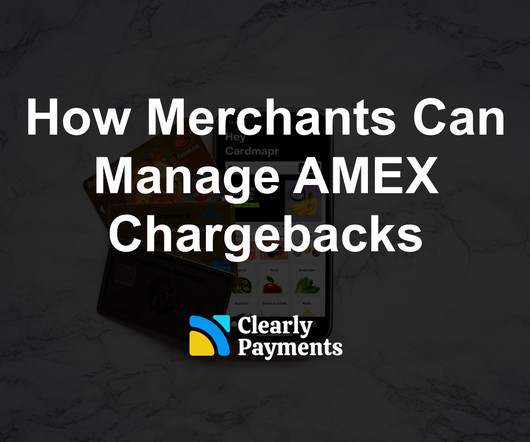
Clearly Payments
AUGUST 6, 2024
Chargeback Frequency American Express has a unique position in the market due to its dual role as a card issuer and network, which affects its chargeback dynamics. This lower win rate can be attributed to AMEX’s stringent review process and its role as both the issuer and network.

Stax
AUGUST 20, 2024
The merchant’s website will initiate a 3DS request with the customer’s card issuer on the payment page. The payment processor will send a request for authentication to the customer’s card issuer. If a fraudulent transaction occurs, the card issuer may take responsibility instead of the merchant.
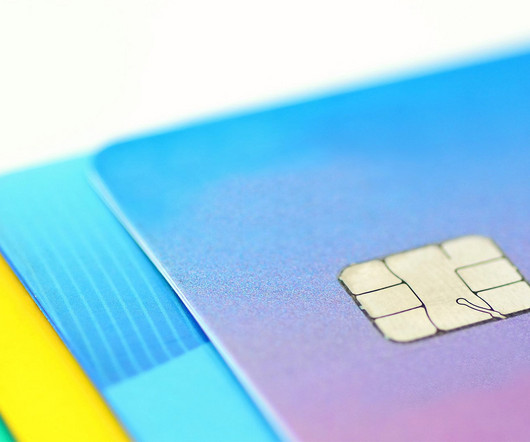
Stax
MARCH 14, 2024
TLDR Chip and PIN vs chip and signature refers to the way the cardholder provides authorization for the purchase. Whether signature or PIN authorized, EMV chip cards are the new global standard for debit and credit cards due to the increased security of EMV technology over the classic magstripe.

PayHawk
APRIL 18, 2023
Address Verification Service (AVS) A fraud prevention tool that checks the billing address provided by the cardholder against the address on file with the card issuer. Authorization The process of verifying that a transaction can be approved and funds are available for the transaction.
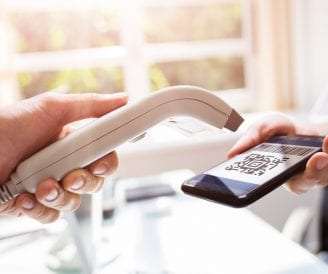
PYMNTS
OCTOBER 6, 2020
To provide commercial card issuers, cardholders and vendors with further automation and flexibility, Boost Payment Solutions is teaming with Visa. The tie-up will harness Boost Intercept, which is a technology for straight-through processing and Dynamic Boost, which uses rules-based pricing for commercial card payments.

PYMNTS
AUGUST 7, 2020
Starting in April 2021, the exchange rate of the day a Visa card is used to make a purchase will now be the same exchange rate used during transaction authorization, clearing and settlement. Visa recently announced a new policy to help shoppers alleviate this pain point.

Paystand
SEPTEMBER 12, 2024
Key Takeaways A Bank Identification Number (BIN) is the first 4-6 digits of a payment card, identifying the card issuer and its industry. They trace transactions back to the card issuer and verify details like card type and origin. BINs are crucial for detecting fraud.

The Fintech Times
AUGUST 19, 2024
In April 2024, the country reviewed the legal framework for virtual assets declaring that providers must register and comply with the duty to report to authorities. With this new expansion, Bybit has registered as a virtual asset service provider (VASP) and card operator in Argentina.

FICO
AUGUST 7, 2017
An ASPSP is a Payment Service Provider (PSP) such as a bank or card issuer that provides authorised access to bank account information. There’s the European Banking Authority, an independent EU body that has responsibility for developing the Regulatory Technical Standards and guidelines for PSD2.

Synapse Payment Systems
AUGUST 25, 2022
Understanding Credit Card Processing Fees There are three main components to credit card processing fees. Understanding each of them is critical to learning how to lower credit card processing fees. Interchange Fees This fee is set by credit card issuers like Visa, MasterCard, Discover, and American Express.
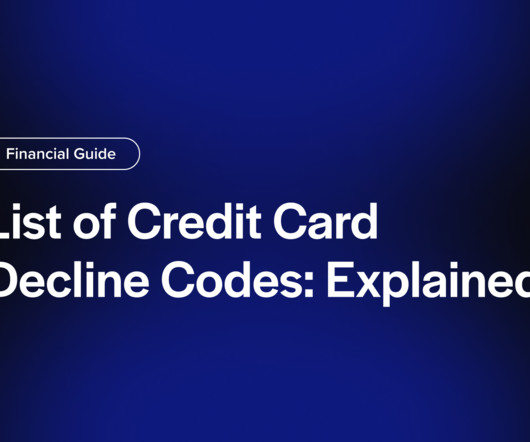
EBizCharge
AUGUST 22, 2024
What are credit card decline codes? Credit card decline codes are specific error messages issued by a card issuer or bank when a credit card transaction can’t be processed. 04 Pick Up Card The merchant should retain the card, and the issuing bank should be contacted.

Fintech News
JANUARY 21, 2024
To address these risks, an increasing number of travel agencies are shifting to the MoR model where the travel agency collects customer payments for all booked services, authorizes transactions, and then disburses payments to the specific suppliers associated with the booking.
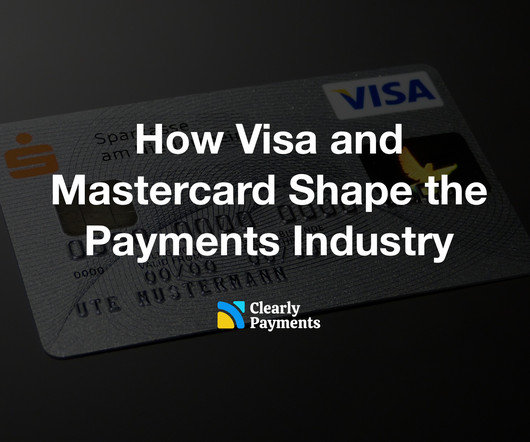
Clearly Payments
FEBRUARY 12, 2024
These networks have transformed the way payments are processed, moving from paper-based transactions to electronic authorizations and settlements. One area of regulatory focus is competition policy and antitrust regulations, where authorities scrutinize their practices to ensure fair competition and prevent anti-competitive behavior.

The Paypers
JUNE 28, 2024
Zed , a credit-led neobank, has obtained its Certificate of Authority to operate independently as a credit card issuer from the Bangko Sentral ng Pilipinas (BSP).
Expert insights. Personalized for you.
We have resent the email to
Are you sure you want to cancel your subscriptions?


Let's personalize your content